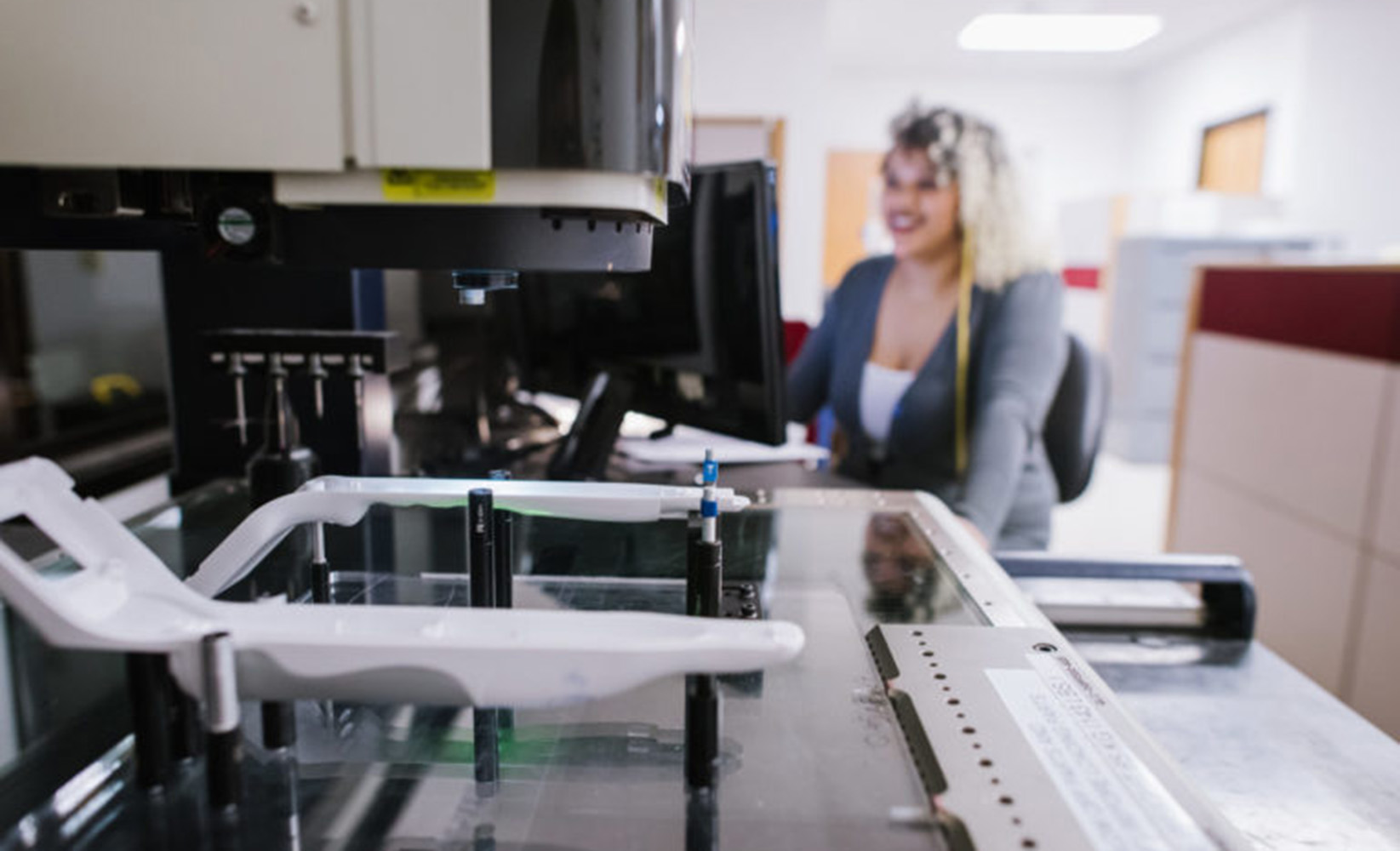“Failure is success if we learn from it.” — Malcomb Forbes
When a component fails, it is imperative that the root cause of the failure be determined quickly and accurately, and that proper corrective measures be taken in order to prevent future occurrences. When Molded Dimensions is asked to provide an estimate for a part that is not meeting the expectations of a customer, they will request samples of the part and take it through a simple five step process:
- Physical Inspection
Not always visible to the naked eye, evaluating the shape, weight and feel of a part is still an effective way to spot possible issues. - Working Conditions
Getting a better understanding of the environmental conditions that the part is exposed to, include its working environment, tolerance for temperatures, and its mechanical performance. - FTIR Evaluation
Conducting this simple test, which goes 40 microns into the part, can provide a deeper understanding the performance of the rubber compound material. - Test & Evaluate Possible Solutions
Theories as to why a part may have failed are developed. A series of formulations are tested. Engineers will discuss any design changes if warranted. - Success!
A winning formulation to manufacture a part that will perform better is developed.
Having the in-house ability to determine why a part might be failing is one of the benefits of having an in-house chemist. “The leading cause of a failed part tends to be in the formulation of the rubber compound that it is comprised of,” according to Molded Dimensions’ Chemist Tony Lukas. “Understanding the conditions that a part will be exposed to and how it is expected to perform will help us in determining a proper solution.”
If you are looking to improve the performance of a rubber or urethane part or component, please request a quote or talk to one of our Molded Dimensions sales associates. We look forward to turning your failing part into a successful one!




